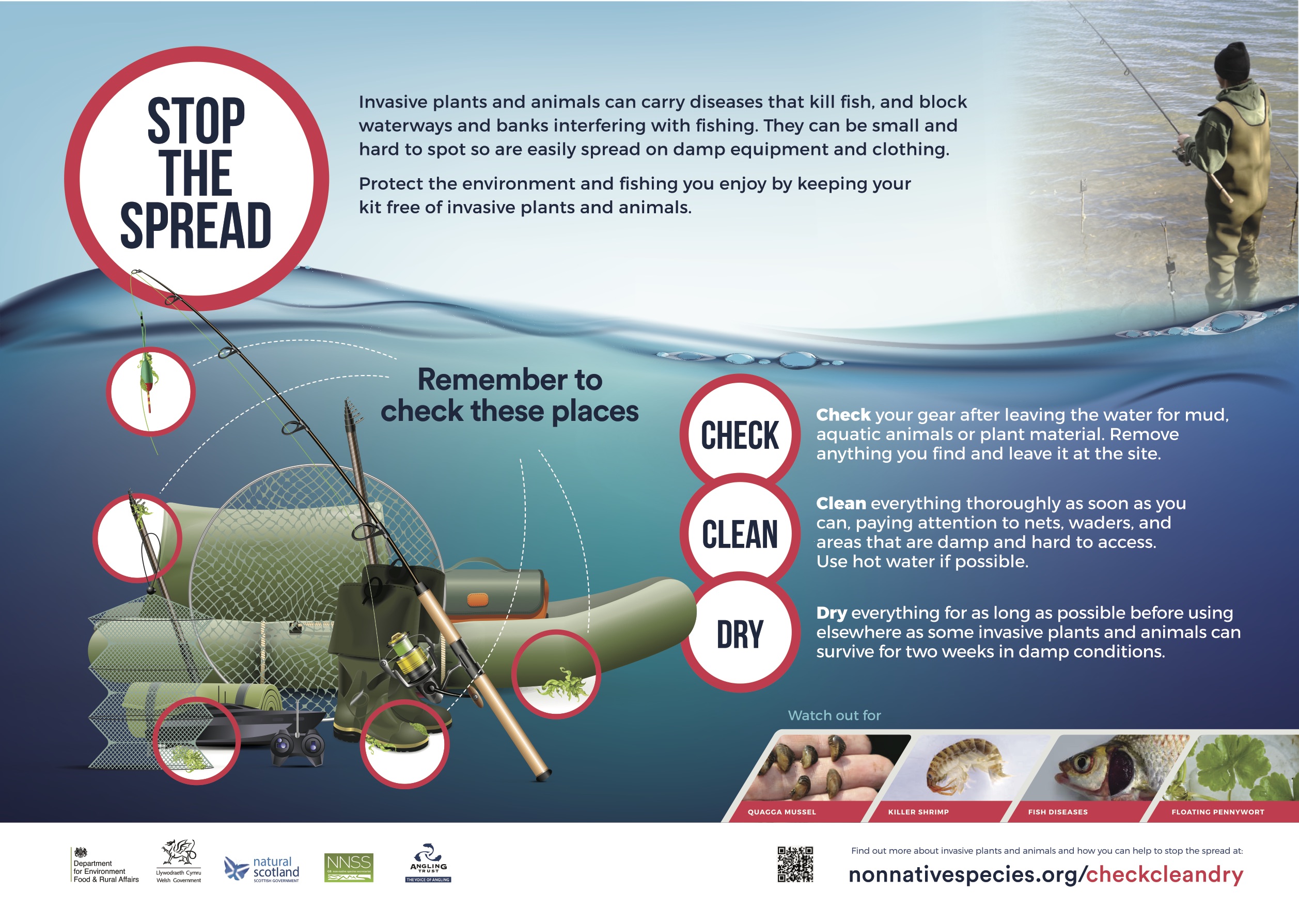
INVASIVE SPECIES _ADVICE
A Riverfly Monitoring volunteer alerted me to what he thought could have been a Killer Shrimp whilst carrying a survey on the River Torridge. I passed the details to our local E.A Fisheries officer who alerted the relevant bodies. Fortunately on this occasion it was a false alarm but the relevant bodies are always grateful of reports in their fight against invasive species that can devastate the local eco-system. The EA can be contacted via their Hotline – 0800 807060
www.nonnativespecies.org
KIller Shrimp Species Description
Scientific name: Dikerogammarus villosus AKA: Killer Shrimp
Native to: South-east Europe
Habitat: Still or flowing freshwater and brackish water, often among hard surfaces or vegetation.
A highly invasive shrimp, with only a few known populations in GB. A key ID feature is the presence of cone shaped protru- sions on the tail. Often larger than native freshwater shrimp species and sometimes with a striped appearance.
It is a voracious predator, killing invertebrates and small fish. It quickly dominates habitats it invades and can significantly alter their ecology.
It is tolerant of poor water quality and can survive in damp conditions for up to five days. It could therefore be spread in ballast water and also by people on kit used in the water, including an- gling gear, boats, kayaks and trailers. Good biosecurity is essential to reduce the risk of spread.
As a non-resident species it could be an offence to release or allow the escape of this species into the wild.
Suspected records of this species should be sent with a photograph to: [email protected]
Another species of concern is the top mouth gudgeon see information and links below.
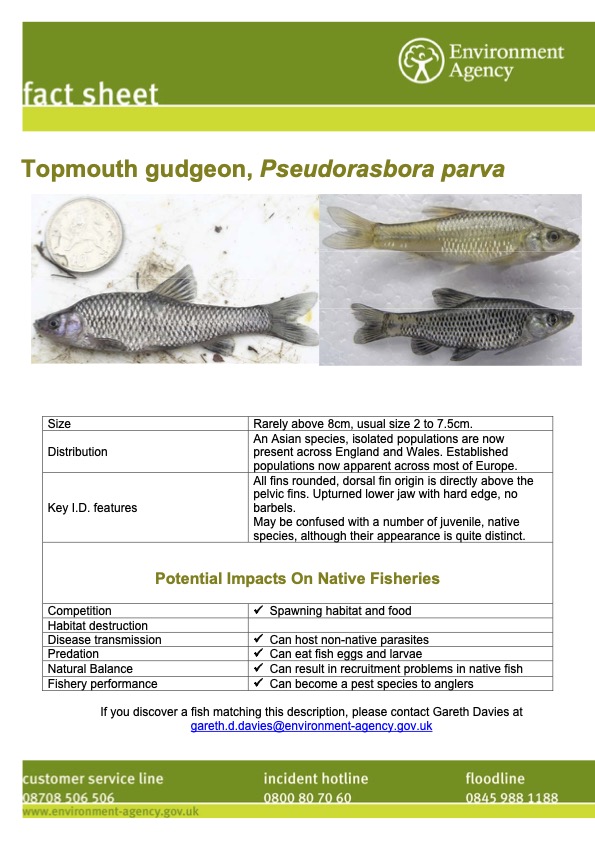
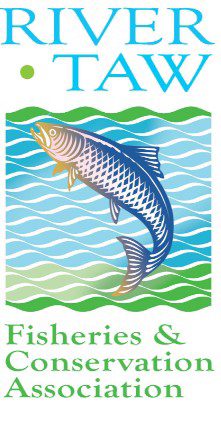
INVASIVE SPECIES – FREE WORKSHOPS
An opportunity to learn more about the complex world of invasive species and how we a s anglers can help stop the spread and identify issues.
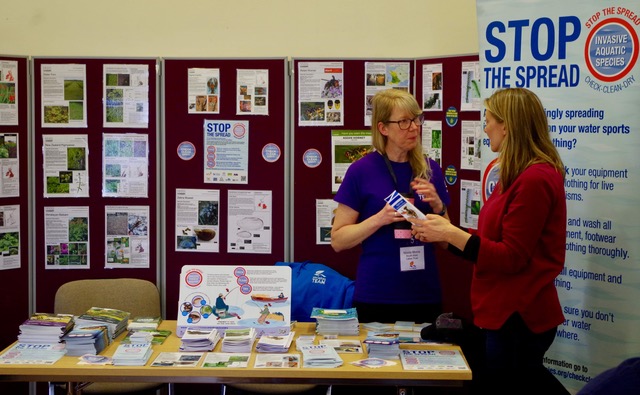
South West Lakes Trust and South West Water invite you to a free workshop to find out more about biosecurity, invasive non-native species and discuss what we can all do to help prevent their spread. There are five workshops covering our region and bookings are now being taken through our events page. https://www.swlakestrust.org.uk/events
Presentations will focus on some of the key issues of invasive non-native species and the most current and effective biosecurity methods. Workshop sessions will provide an opportunity for us to discuss the best options for biosecurity facilities at our lakes so we can help protect them and our sports.
These are free events for anyone who uses our lakes for sport or recreation. Complimentary hot and cold drinks and supper will be provided.
Please feel free to pass this invitation on to friends and colleagues who may be interested.
The events are organised by South West Lakes Trust and South West Water and are supported by Angling Trust and Nicky Green Associates. Booking is essential. We look forward to welcoming you.
Invasive Species and Biosecurity Workshop – Brompton Regis
South West Water and South West Lakes Trust invite you to Brompton Regis Village Hall to find out more about biosecurity, invasive non-native species and discuss what we can all do to help prevent their spread.
Presentations will focus on some of the key issues of invasive non-native species and the most current and effective biosecurity methods. Workshop session will provide an opportunity for us to discuss the best options for biosecurity facilities at our lakes so we can help protect them and our sports.
This is a free event for anyone who uses our lakes for sport or recreation. Complimentary hot/cold drinks and pasties will be served from 6- 6.30pm.
Please click here to see the programme, and click the button below to book your place (please inform us of any dietary requirements when booking).
Please feel welcome to pass this invitation on to friends and colleagues who may be interested.
This event is organised by South West Lakes Trust and South West Water and is supported by Angling Trust and Nicky Green Associates.
Invasive Species and Biosecurity Workshop
Monday 25th November, 6pm – 8.30pm, Brompton Regis Village Hall, 8 Brompton Meadows, Brompton Regis, Dulverton TA22 9PD
Workshop Programme
6.00 – 6.30pm Registration, hot and cold drinks and pasties will be provided
6.30 – 6.45pm Welcome and introduction – Kate Hills, Biosecurity and Invasives Manager, South West Water
What are invasive species, the problems they cause, what SWW and SWLT are doing about Invasive Non Native Species (INNS).
6.45 – 7.00pm Signal crayfish: origins, pathways to introduction and biosecurity risks – Nicky Green, Crayfish Specialist, Nicky Green Associates
Crayfish ecology, management and research – what we know about signal crayfish in the South West, legislation and what can we do about them.
7.00 – 7.15pm Invasive species: their impacts on fishing and how anglers can help to stop their spread – Dr. Emily Smith, Environment Manager,
Angling Trust
- A summary of some of the main impacts of INNS on fishing in the UK.
- Negative impacts on native fish populations in the UK – direct predation on fish
eggs/juveniles, competition with native fish for food/shelter, invasive plants
blanketing waterways, reducing oxygen level and preventing access to fishing swims.
- Easy measures anglers can adopt to reduce the threat of INNS being spread into
their fisheries and other waterways.
7.15 – 7.30pm AQUA Biosecurity Accreditation Scheme – Nicola Morris, Invasive Species Officer, South West Lakes Trust
- An update on the AQUA Scheme at SWLT lakes.
- Current best practice biosecurity advice and methods to help protect our lakes.
7.30 – 7.40pm Comfort Break
7.40 – 8.20pm Workshop session
Group discussions on the potential for biosecurity facilities at our sites and our most
likely options to help prevent the spread of INNS. 8.20 – 8.30pm Closing summary
FREE Invasive Species and Biosecurity Workshop
Tuesday 19th November, 6pm – 8.30pm, Roadford Lake, Broadwoodwidger, Lifton, Devon. PL16 0RL
Workshop Programme
6.00 – 6.30pm Registration, hot and cold drinks and pasties will be provided
6.30 – 6.45pm Welcome and introduction – Kate Hills, Biosecurity and Invasives Manager, South West Water
What are invasive species, the problems they cause, what SWW and SWLT are doing about Invasive Non Native Species (INNS).
6.45 – 7.00pm Signal crayfish: origins, pathways to introduction and biosecurity risks – Nicky Green, Crayfish Specialist, Nicky Green Associates
Crayfish ecology, management and research – what we know about signal crayfish in the South West, legislation and what can we do about them.
7.00 – 7.15pm Invasive species: their impacts on fishing and how anglers can help to stop their spread – Dr. Emily Smith, Environment Manager,
Angling Trust
- A summary of some of the main impacts of INNS on fishing in the UK.
- Negative impacts on native fish populations in the UK – direct predation on fish
eggs/juveniles, competition with native fish for food/shelter, invasive plants
blanketing waterways reducing oxygen level and preventing access to fishing swims.
- Easy measures anglers can adopt to reduce the threat of INNS being spread into
their fisheries and other waterways.
7.15 – 7.30pm AQUA Biosecurity Accreditation Scheme – Nicola Morris, Invasive Species Officer, South West Lakes Trust
- An update on the AQUA Scheme at SWLT lakes
- Current best practice biosecurity advice and methods to help protect our lakes.
7.30 – 7.40pm Comfort Break
7.40 – 8.20pm Workshop session
Group discussions on the potential for biosecurity facilities at our sites and our most
likely options to help prevent the spread of INNS. 8.20 – 8.30pm Closing summary
Anglers play a key role in invasive species management

Anglers play a key role in invasive species management
Have you heard of the Check, Clean, Dry campaign? South West Lakes Trust’s Invasive Species Officer, Nicola Morris, is working with anglers and visitors to the lakes to encourage everyone to work together to prevent the damage caused by invasive non-native species and protect the lakes and sports we enjoy.
Over 2000 non-native plants and animals from all over the world have been introduced to the UK by people. Most non-native species are harmless, but approximately 10-15% have become invasive, having a negative impact on our environment, economy (costing the UK economy at least £1.8 billion a year), and even our health and way of life.
Invasive non-native species (INNS) threaten many key sites and are a particular threat in sensitive areas, such as offshore islands, rivers, lakes and streams. They can interfere with recreational activities, preventing anglers from using them. INNS can also cause dramatic declines of some native species including the water vole, white-clawed crayfish, and red squirrel.
Biosecurity means taking steps to make sure that good hygiene practices are in place to reduce and minimise the risk of spreading INNS and fish disease. INNS can carry diseases that kill fish, and block waterways and banks interfering with fishing activity. They can be small and hard to spot, so are easily spread on damp clothing and equipment. Once established, they become extremely difficult and expensive to eradicate, which is why it is so important to prevent their spread in the first place. Following some simple biosecurity steps can help protect the lakes and the activities we enjoy.
Basic Biosecurity Advice
Help protect the environment and fishing we enjoy by keeping your kit free of invasive plants and animals.
Always arrive at the lake with clean equipment and a clean vehicle. Whenever you leave the water, remember to Check, Clean, Dry.
Check your gear after leaving the water for mud, aquatic animals or plant material. Remove anything you find and leave it at the site.
Clean everything thoroughly as soon as you can, paying attention to nets, waders, and areas that are damp and hard to access. Use hot water if possible and make use of any facilities provided on site.
Dry everything for as long as possible (ideally 48hrs) before using elsewhere as some invasive plants and animals can survive for two weeks in damp conditions.
If disinfectants are used, they must be used and disposed of following the manufacturer’s instructions, particularly those regarding Health and Safety.
Going abroad?
It’s even more important to Check, Clean, Dry if you are taking your kit abroad, to ensure you do not bring any plants or animals back with you. Make sure everything is clean and has been dried thoroughly before you use it again at home.
Nicola is keen to work with anglers at South West Lakes Trust lakes and said, “Anglers who fish at our lakes are an invaluable source of knowledge. Many of them fish regularly, know the lakes very well and most already carry out effective biosecurity. Their knowledge and support is invaluable and those I have spoken to since I started at South West Lakes Trust earlier this year have been great. I really appreciate their input and I am looking forward to working with them over the coming months as we work towards improved biosecurity at our lakes.”
For more information on invasive species and to report sightings please email Nicola at [email protected].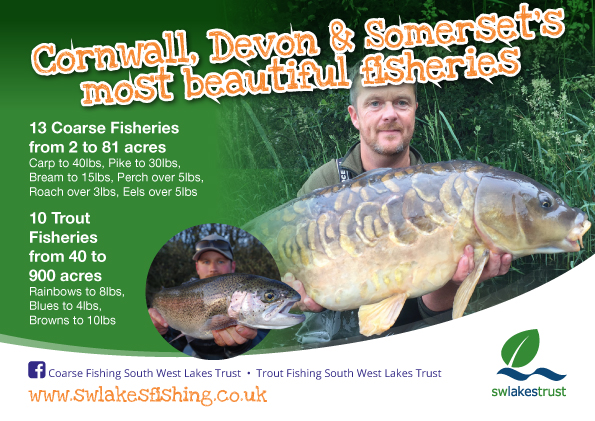
INVASIVE SPECIES – Stop The Spread
